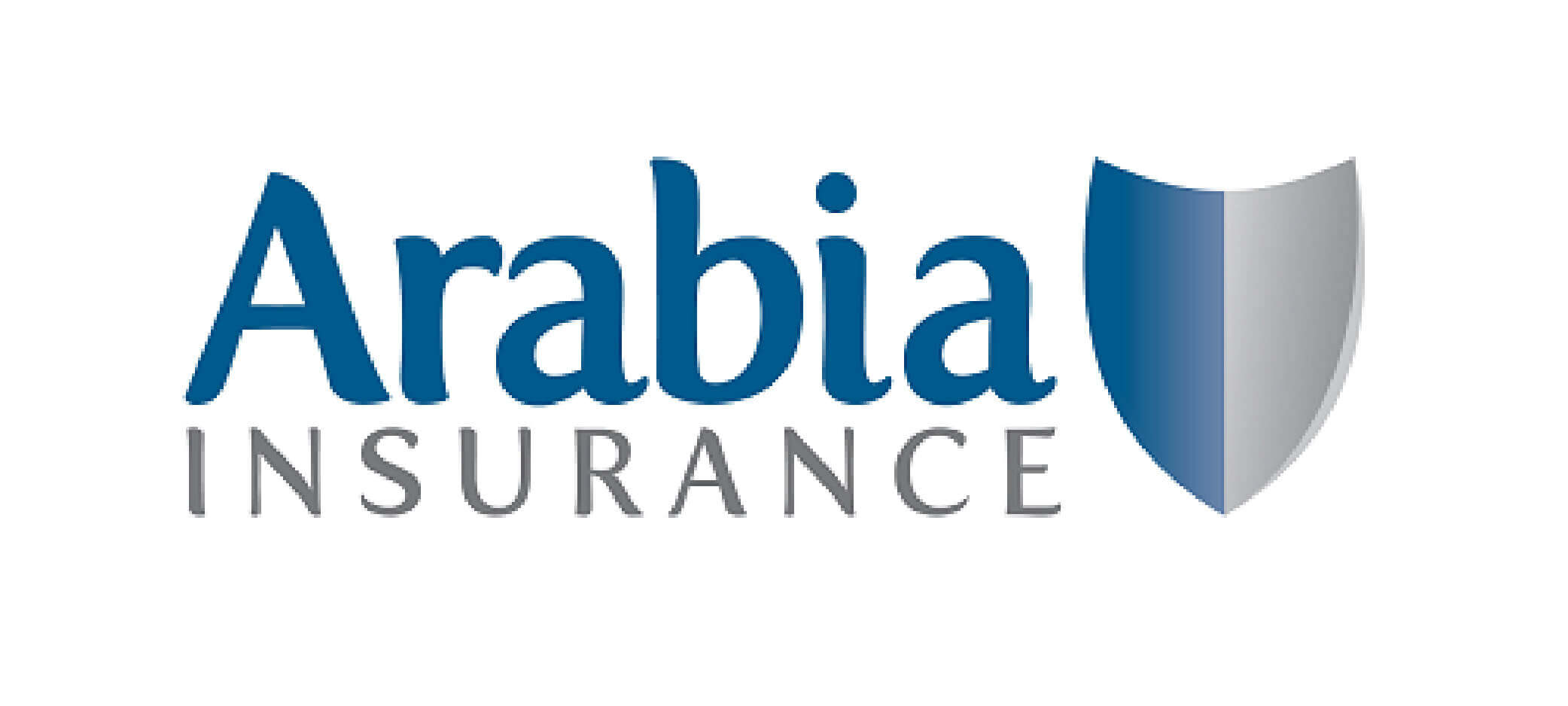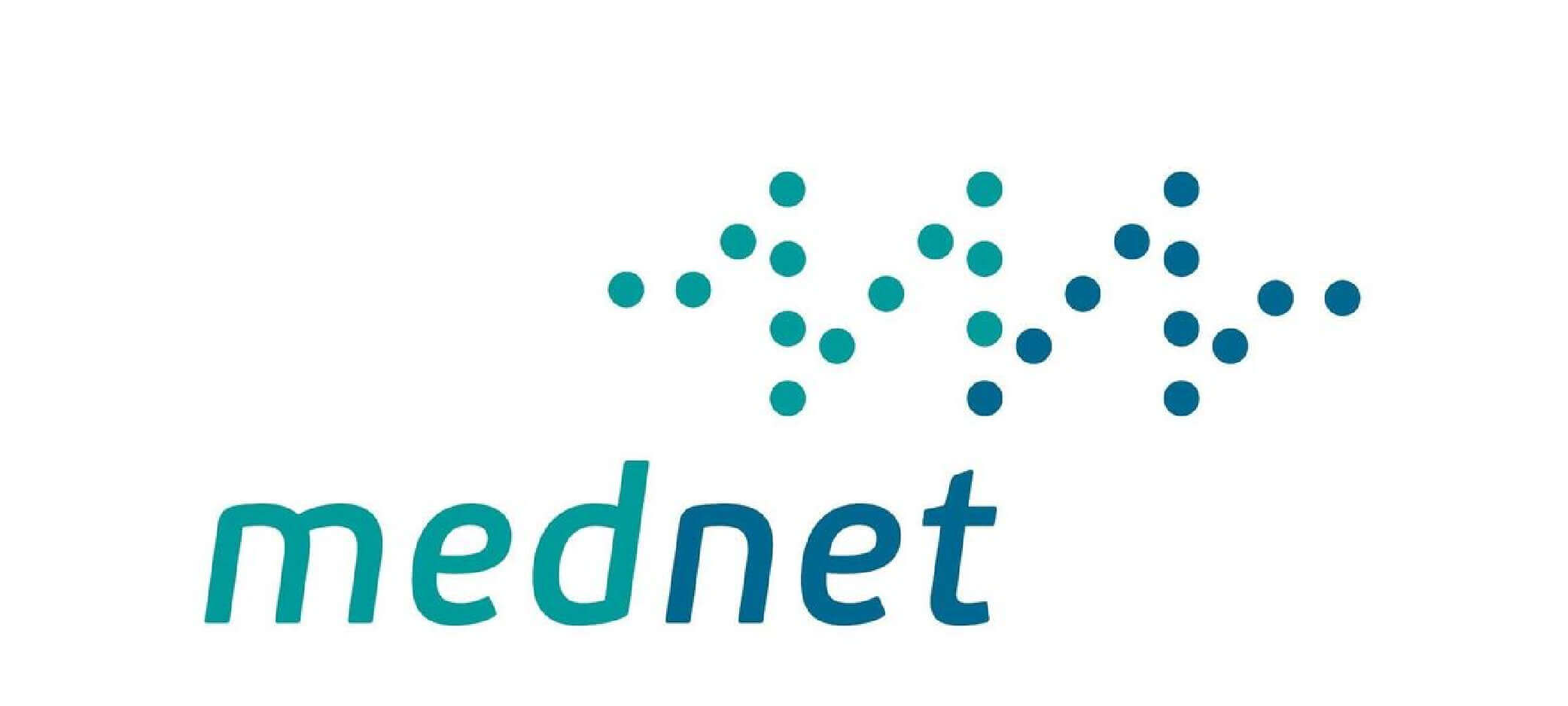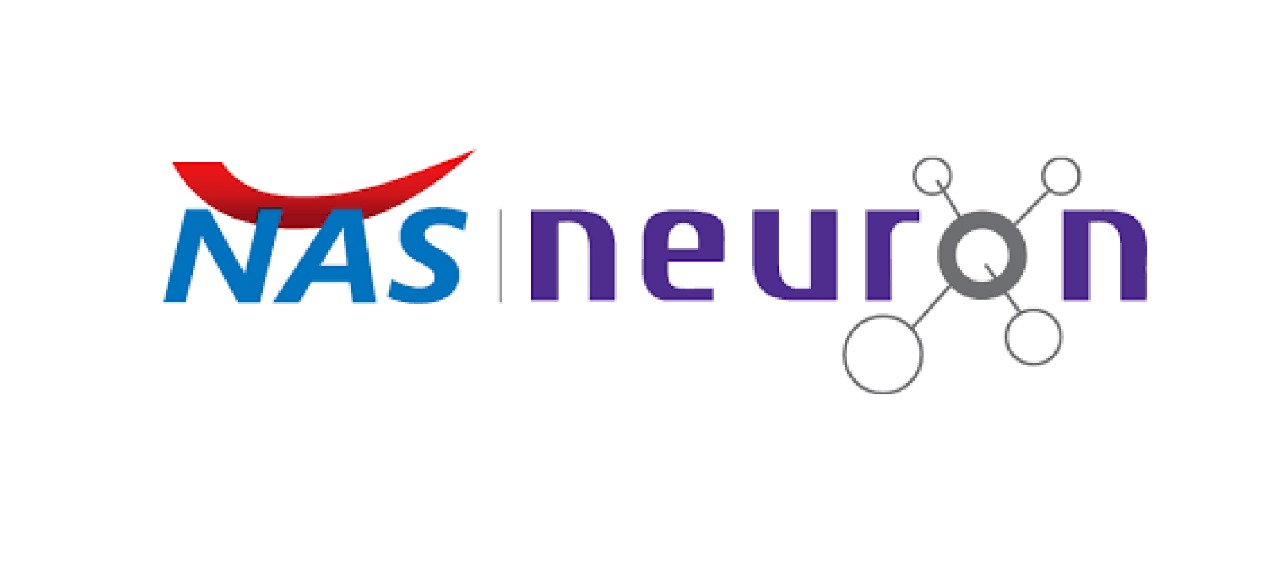Unlock Your Body’s Potential With Our Highly Experienced Sports Therapists In Dubai
Your Journey with Sports Therapy
Benefits of Sports Therapy
Sports therapy offers a range of benefits, encompassing both the prevention and rehabilitation of injuries, as well as the enhancement of athletic performance.
Instant Pain Relief
Increase Joint range of motion
Sleep Better
Increase Training Performance
Sports Therapy Offers
Physiotherapy
-
New Patient Special Offer
-
Free Consultation
-
Professional Examination
-
45 Minutes Treatment Session
Chiropractic
-
New Patient Special Offer
-
Free Consultation
-
Professional Examination
-
45 Minutes Treatment Session
Physiotherapy
-
New Patient Special Offer
-
Free Consultation
-
Professional Examination
-
45 Minutes Treatment Session
Chiropractic
-
New Patient Special Offer
-
Free Consultation
-
Professional Examination
-
45 Minutes Treatment Session
ACCEPTED
INSURANCE:






Speak With Our Sports Therapists in Dubai
We Take The Time To Understand Your Concerns, Talk In-depth About What’s Causing Your Pain
Patient success stories
Overall Rating
5.0
Complete the form below and one of our team will call you back. With no obligation to book our special offers
Most Common Questions About Sports Therapy
How is sports therapy different from physiotherapy?
While there is some overlap, sports therapy often focuses specifically on sports-related injuries and performance enhancement. Physiotherapy, on the other hand, has a broader scope and addresses a wide range of physical conditions and injuries.
Do I need a referral to see a sports therapist?
In many cases, a referral is not necessary. Sports therapists often work independently, and individuals can directly seek their services.
How long does a sports therapy session last?
The duration of a sports therapy session can vary, but it typically lasts around 45 minutes to an hour. The length depends on the complexity of the injury, the treatment plan, and the individual’s progress.
Do sports therapists only work with athletes?
While sports therapists often work with athletes, they also provide their services to anyone engaged in physical activity. This can include individuals of all ages and fitness levels who have sustained injuries or want to improve their physical performance.
Most common sports injuries
Torn ACL
The anterior cruciate ligament (ACL) helps hold the knee joint together and provides stability. A torn ACL is a sports injury that may occur when landing the wrong way, changing direction or stopping quickly, or from a direct blow to the knee.
Torn MCL
The medial collateral ligament (MCL) connects the upper leg bone (femur) to the larger bone of the lower leg (tibia). It is located on the inner side of the knee. The MCL is typically injured when the knee joint is pushed sideways when making a wrong move or by receiving a direct blow to the knee. A torn MCL results in pain, swelling, and instability of the joint.
Shin Splints
Shin splint symptoms are throbbing, aching, or stabbing pain on the insides of the lower leg. Shin splints are a repetitive use injury that may occur in runners or those who are beginning to exercise. Pain occurs when muscles and tendons around the tibia (the larger of the two lower leg bones) become inflamed.
Tennis Elbow
Tennis elbow is a painful condition caused by overusing your elbow. Tennis players and golfers are likely to get it. It causes pain on the outside of your elbow. The pain is caused by inflammation in the tendons. Other symptoms may include weakness, especially as you try to grip objects. These injuries can be chronic.
Sprain
A sprain is one of the most common sports injuries. A sprain is a stretch or tear of a ligament near a joint, such as a knee, ankle, or wrist. Sprains are most often caused by falling or by a twisting motion. They can be mild or severe, depending on whether the ligament is stretched or torn. Symptoms are pain, swelling (sometimes severe), and bruising. You may also not be able to apply weight to the joint without pain.
Sports Injury Prevention
Physical activity is an important part of maintaining overall health. However, certain precautions should be taken to minimize the risk of sports injuries like using the correct equipment, maintaining equipment, and using the recommended protective gear. Resting between workouts gives the body time to rest and repair. Starting activity slowly and gradually increases strength, flexibility, and endurance gives muscles, bones, and other tissues the opportunity to adapt to more difficult workouts, minimizing the risk of injury. Finally, listening to the body and backing off at the first signs of pain, discomfort, stress, or overheating will help reduce the risk of sports injuries..